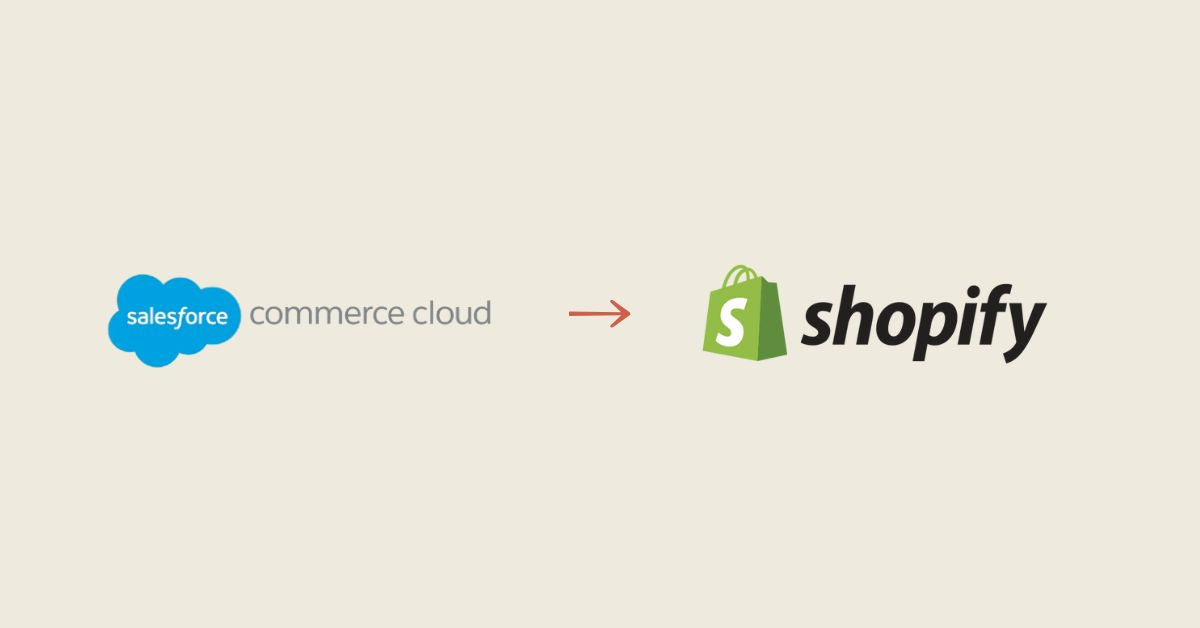From Search Engine Optimization to Search Everywhere Optimization
Introduction
SEO, as we've known it for two decades, is undergoing a profound transformation. The arrival of artificial intelligence in search engines is changing the rules of the game. Google, Bing, and generative response engines like ChatGPT and Perplexity.ai are changing the way content is analyzed, indexed, and, above all, presented to users.
For service, e-commerce and media companies, it is becoming crucial to adopt a more global strategy: Search Everywhere Optimization .
This detailed guide will help you understand each concept and integrate it into your business thinking.
SEO: Search Engine Optimization
Definition
SEO includes all the techniques aimed at improving the visibility of a website in the organic results of search engines (Google, Bing).
Pillars of traditional SEO
-
Technical : loading speed, site architecture, indexing, technical tags.
-
Content : relevance, structure, keywords, informative richness.
-
Popularity : backlinks, citations, mentions.
Google vs Bing SEO Comparison
| Criteria | Bing | |
|---|---|---|
| Market share | 90%+ | ~5-7% |
| Weight of backlinks | Very important | Important but less than Google |
| Role of social media | Less direct | More considered in the ranking |
| Weight of freshness | Strong | AVERAGE |
| JavaScript Indexing | Very advanced | More limited |
Concrete example (suggested capture)
[Capture of a Google Search Console report showing the number of impressions on a target keyword]
SEO Checklist
-
Accessible site (active indexing, sitemap and robots.txt properly configured)
-
Unique and optimized title tags and meta descriptions
-
Keywords naturally integrated into titles and content
-
Fast loading pages on mobile and desktop (Core Web Vitals)
-
Backlinks from trusted sources
-
Sitemap.xml file submitted to Google Search Console and Bing Webmaster Tools
GEO: Generative Engine Optimization
Definition
Optimized for generative AI engines (Google SGE, Bing Copilot, ChatGPT with navigation). The goal is to appear in the synthetic responses generated by these tools.
To go beyond traditional SEO, a GEO agency can help you integrate structured data, strengthen your authority, and position you as a reliable source for AI.
What is Google SGE?
The Search Generative Experience (SGE) is a new interface being tested by Google that integrates AI-generated answers directly into search results. Rather than displaying only blue links, SGE offers summaries, tips, lists, or full answers from multiple trusted sources.
It radically changes the way we gain visibility, as sites must now be credible and structured enough to be cited in a synthetic response generated by AI.
Platforms concerned
-
Google SGE (Search Generative Experience)
-
Bing with Copilot (GPT-4)
-
ChatGPT Plus (GPT-4 with navigation)
-
Perplexity.ai
Best practices
-
Structure the content with logical H2/H3
-
Use lists, tables, factual data
-
Create clear FAQs with concise answers
SEO vs GEO Comparison
| Element | Classic SEO | GEO |
|---|---|---|
| Objective | Position in the SERPs | Be cited in a generated response |
| Response format | Web page | Paragraph or bullet point summary |
| Importance of the source | Average | Very high (domain authority) |
| Key platform | Google, Bing | Google EMS, Bing Copilot, Perplexity |
Customer demonstration
Display in a presentation the results of Perplexity.ai citing the client's site as a source in a response.
GEO Checklist
-
Structured content (hierarchical headings, short paragraphs)
-
Concise answers to frequently asked questions
-
Integrated numerical data, tables, bulleted lists
-
Page cited by other credible sources (e.g. guest blog, expert articles)
-
Title and URL clearly reflect search intent
AIO: AI Indexing Optimization
Definition
AIO aims to structure content so that it can be well understood, indexed, and ranked by search engines powered by artificial intelligence. This involves optimizing internal linking, using semantic entities, structured data, and thematic silos.
AIO Checklist
-
The content is organized into thematic silos with relevant internal links
-
Named entities are used well in texts
-
Structured data is present (Schema.org)
-
No orphan pages or duplicate content
-
Indexing is tracked with Google Search Console and crawled regularly
AEO: Answer Engine Optimization
Definition
AEO allows you to position direct answers to user questions in rich results such as featured snippets, FAQ modules or voice responses (AI assistants).
AEO Checklist
-
The content targets a clear question per section
-
The answer is direct, concise (40-55 words), well formatted
-
Content is marked up as FAQ or QAPage with Schema.org
-
The language is simple, factual, non-promotional
-
Tracking tools (SEMrush, GSC) allow you to measure positions 0
SXO: Search Experience Optimization
Definition
SXO stands for Search Experience Optimization. It combines technical performance (speed, mobile), UX structure (navigation, conversion), and content relevance to ensure that each visit leads to an action (click, purchase, lead).
SXO Checklist
-
The site is fast, responsive, and frictionless
-
A call to action is visible from the top of the page
-
The content is scannable, clear, structured
-
Each page has a unique objective (purchase, contact, registration)
-
UX tools (Clarity, GA4) track visitor behavior
Conclusion: Towards Search Everywhere Optimization
Modern SEO is no longer limited to traditional search results. Your customers are searching on Google, Bing, Amazon, TikTok, YouTube, Perplexity, ChatGPT, and more.
With the arrival of Google SGE, brands must rethink their content strategy. The challenge is no longer just to appear in the top 10 links, but to be cited by an AI in a synthetic response where the link may be secondary.
Search Everywhere Optimization means being present wherever your customers ask their questions, regardless of the channel. This requires a multidisciplinary strategy, tailored content, and powerful analytics tools.
By integrating the principles of SEO, GEO, AIO, AEO and SXO into a unified vision, you optimize not only for engines, but more importantly for humans.
Each sub-article below will allow you to explore each of these aspects in more detail.
Glossary
-
SERP : Search Engine Results Page
-
Backlink : incoming link from another website
-
Snippet : rich extract displayed in the results
-
Search intentions : real objective behind a query (e.g. to find out information, to buy)
-
Named entity : a person, place, brand, product, or concept identified in a text
-
Structured data : Code added to a web page to help search engines understand its content
-
SGE (Search Generative Experience) : Google search interface that integrates artificial intelligence to generate answers directly in the results.
Sources and references
-
Google Search Central: https://developers.google.com/search
-
Bing Webmaster Tools: https://www.bing.com/webmasters
-
Search Engine Journal: https://www.searchenginejournal.com
-
Ahrefs Blog: https://ahrefs.com/blog
-
Moz Whiteboard Friday: https://moz.com/blog/category/whiteboard-friday
-
UX Studies: Baymard Institute https://baymard.com
-
SGE Study by BrightEdge: https://www.brightedge.com/resources/webinars/google-sge
Continue reading with the specialized sub-articles:
-
GEO – Generative Engine Optimization : How to appear in answers generated by Google SGE, Bing Copilot or Perplexity.
-
AIO – AI Indexing Optimization : Optimize your site structure for AI-driven indexing algorithms.
-
AEO – Answer Engine Optimization : Achieve position zero and respond effectively to voice or written queries.
-
SXO – Search Experience Optimization : Transforming search into conversion through a seamless, user-centric experience.
-















